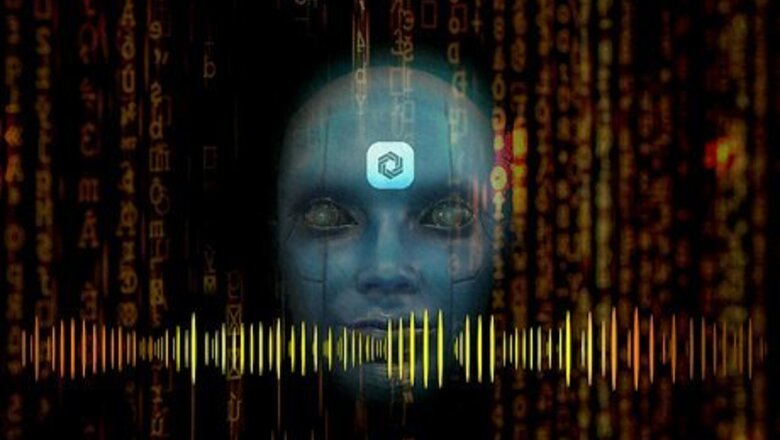
views
- VALL-E is still under development, so the general public doesn't have access yet.
- VALL-E uses 3-second clips to synthesize a speaker's voice while preserving tone and emotion.
- Microsoft prohibits the use of VALL-E in an abusive or illegal manner.
Can I use VALL-E?

VALL-E is not available to the general public—yet. VALL-E was created by Microsoft following other popular AI models, such as ChatGPT and Bing Chat. Whereas AI chatbots generate text responses to prompts, the unique VALL-E AI utilizes voice clips to convert text to audio that can simulate the sample's voice. Currently, there's no official release date for general public access, but this may change in the near future.
How does VALL-E work?

VALL-E takes 3-second clip samples to recreate realistic voices. Once the AI learns the speech patterns and tone from the sample clips, it can replicate and synthesize the speaker's voice. This includes the speaker's tone and emotion. Microsoft has created this AI assuming that speakers have approved the usage of their voice. Users should never use another speaker's voice without their knowledge, as this can get them in legal trouble.
Uses for Vall-E

Some common, approved uses for VALL-E include: Educational learning: Teachers and curriculum developers can implement VALL-E into their educational plans for various purposes. Instructors can use VALL-E to create interactive digital activities and enhance language learning activities. Translation: VALL-E introduces endless language learning and pronunciation possibilities. And with VALL-E X, the latest VALL-E enhancement for speech-to-speech synthesis, you'll be able to translate speech from one language to another with ease. Content creation: Creators can use VALL-E to produce podcasts and video voiceovers from text scripts. Audiobook production: Authors can generate instant audio versions of their books in their own voices instead of narrating it themselves. Robotics: VALL-E may be integrated into robotic and smart home devices to better facilitate human interaction. Entertainment: There are endless uses for voice cloning for personal entertainment, from cloning your own voice to emulating celebrities and people you know. Accessibility features: Enhancing software, hardware, and smart home items with AI voice capabilities improves accessibility for people with visual impairments. Customer service: Businesses can use VALL-E to create voice chatbots that can take live phone calls and interact audibly online.




















Comments
0 comment